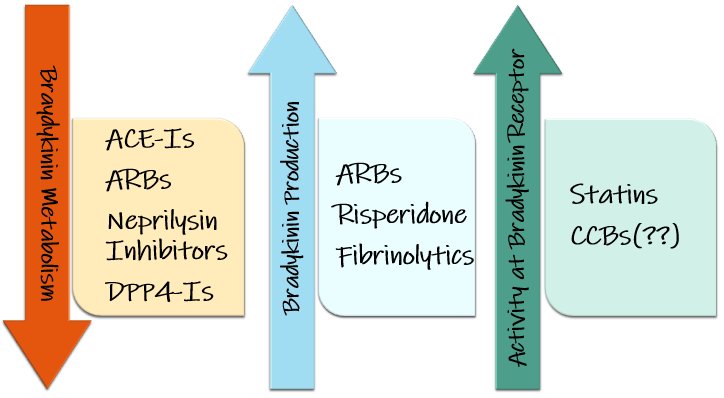Here's suggestion number 7 for How to Use #ChatGPT in #Academia for #MedEd and #TwitteRx:
Sometimes getting the output you want is difficult and can take several back and forth discussions. Here's what I first sent ChatGPT to create the #Tweetorial
1/x
Sometimes getting the output you want is difficult and can take several back and forth discussions. Here's what I first sent ChatGPT to create the #Tweetorial
1/x

Not very specific, but I wanted to see where it would take it. Vague input allows #ChatGPT to drive the conversation, and is great for idea generation. I wasn't thrilled with the first response as it was quite boring and would have required me to break up the tweets. 😴
2/x
2/x

Draft #2 was MUCH closer to the goal, but had 2 big flaws. First, it recommended something it currently cannot due (access realtime data) and it was all a series of prompts.
3/x
3/x

Draft #3 was almost perfect but it decided that "don't have to provide only prompts" meant it shouldn't provide any prompts! So since I liked both Draft #2 and Draft #3 I asked it to combine the two, which provided a GREAT final product, though that's not what I posted.
4/x
4/x

Instead, I wanted to learn from my mistakes and figure out how to tailor my request so that it would produce my desired output the first time.
5/x
5/x

I opened a new chat window, pasted the results, and created this morning's #tweetorial (FYI using the same chat window would provide biased results as it has memory from your individual chats, but does not cross between threads).
Hope this helps!
Hope this helps!

@threadreaderapp unroll
• • •
Missing some Tweet in this thread? You can try to
force a refresh

 Read on Twitter
Read on Twitter






